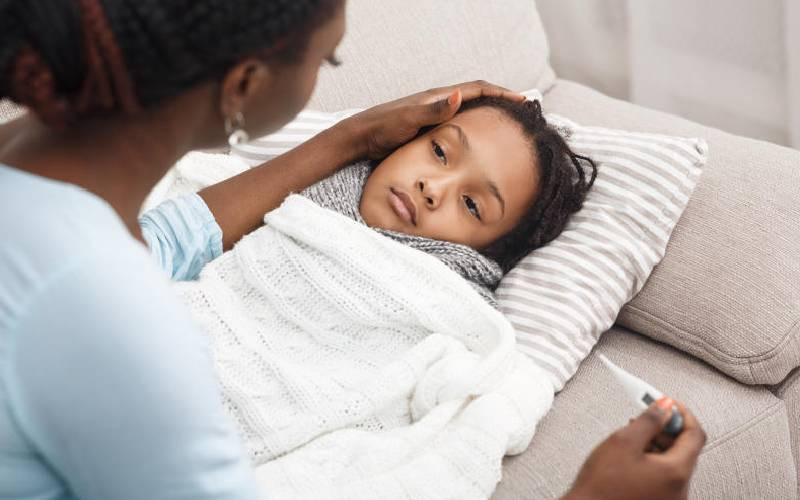Few things cause as much concern for parents as a child with a fever. The flushed cheeks, warm forehead, and droopy eyes can trigger anxiety, but fever is usually the body’s natural way of fighting infection. It is not an illness in itself but a sign that the immune system is working.
A fever is generally defined as a body temperature above 37.5°C and is often triggered by infections such as colds, flu, or ear infections. By raising the body’s temperature, the body creates an environment less favourable for germs to survive.
Fever-related illnesses, including malaria, respiratory infections, and viral fevers, account for a significant portion of paediatric hospital visits. Knowing how to measure a child’s temperature correctly is essential. For babies under three months, use a digital thermometer in the armpit or rectum, with rectal readings being most accurate. Between three months and five years, armpit, ear, or forehead thermometers are suitable. Over the age of five, oral thermometers can be used alongside ear or forehead readings. Avoid mercury thermometers or temperature strips as they are less accurate.
The number on the thermometer is not the only factor to consider. If the child is alert, drinking fluids, and playful, the fever is unlikely to be dangerous. However, medical attention is necessary if a child under three months has any fever, or if an older child has a temperature above 39°C that does not respond to medicine, or a fever lasting more than three days. Warning signs include difficulty breathing, a stiff neck, persistent vomiting, a rash that does not fade under pressure, or unusual drowsiness or irritability.
Teething does not cause true fever, though it may lead to mild temperature rises. If a baby’s temperature reaches 38°C or higher during teething, it is more likely due to an infection.
Home care includes keeping the child hydrated, dressing them in light clothing, and avoiding heavy blankets. Fever-reducing medication such as paracetamol or ibuprofen can help if given in the correct dosage.
Some children experience febrile seizures when their temperature rises quickly. These are usually harmless and last less than five minutes. Keeping vaccinations up to date, practising good hygiene, and limiting contact with sick individuals can help reduce the risk of fever-causing illnesses.
By focusing on comfort and overall well-being rather than just lowering the temperature, parents can manage fever more calmly and effectively at home.

